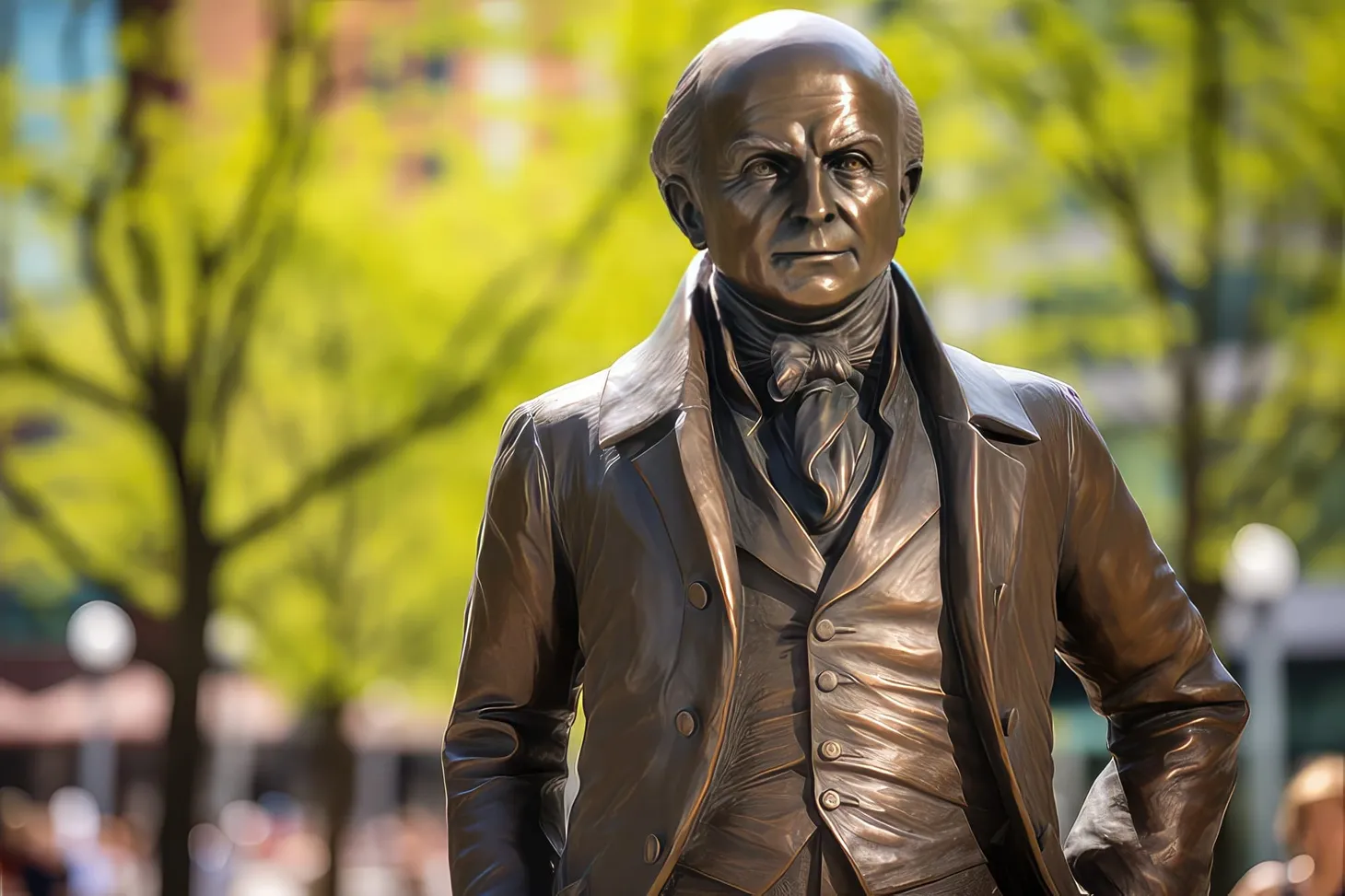Why You Need an Innovation System
So, what happens if you don’t use an innovation system like FIRE to innovate and execute the strongest ideas? One of the biggest dangers of not having a way to identify and execute the best ideas is that weak ideas get selected and the results are disappointing. When this happens, management loses c

So, what happens if you don’t use an innovation system like FIRE to innovate and execute the strongest ideas? One of the biggest dangers of not having a way to identify and execute the best ideas is that weak ideas get selected and the results are disappointing. When this happens, management loses confidence that the organization has the ability to come up with killer ideas and then turns to outsiders or acquisitions to fill the gap.
Another potential pitfall is that management will stick with an idea long after it should have been killed. It’s human nature to get emotionally invested in the things you create, but this emotion can be destructive, as it encourages you to march blindly on, without questioning whether what you are doing can actually become a killer innovation. The execution phase of FIRE forces you to ask if your idea really achieves its objectives. It creates checks and balances so that everyone involved continually asks, “Why are we doing the project? Is this the best idea?”
A great example of what happens when a pet project gets selected happened in England in the late ’90s.
In the run-up to the millennium, the then-ruling Tory Party decided they needed to make a statement of some sort to celebrate such an epochal event. Land, formerly the site of a demolished gasworks in the southeast Docklands, was assigned. A budget, much of it funded by the new National Lottery, allocated. The design, essentially a huge dome-like tent, was drawn up. There was a vague idea that the Dome would eventually be part of a larger event, such as the Festival of Britain. The problem was that nobody had much of an idea of what the Dome would actually contain. Sure, it would be visually dramatic when viewed from above or from a distance, but being pleasant to look at didn’t justify its billion-pound plus eventual price tag and symbolic gravitas. Nobody took the time to define the Who or What of the project’s focus.
The Dome was already flailing when the Tories were ushered out of power in 1997 and replaced by Labour and its “Cool Britannia” philosophy. The UK’s economy was growing and its cultural power was at its apex, with bands like Oasis and the Spice Girls waving the Union Jack around the world. So you can’t really blame the new Labour government for feeling a sense of confidence about the Dome. They pushed on with the project, despite grumbles that “governments shouldn’t try to run tourist attractions.” The Dome opened on New Year’s Eve, 1999. Ticketing problems meant that some VIP guests were waiting in lines to enter the structure when midnight struck. Later, when blame started to be assigned, the head of the Dome project insinuated that every decision had been made by a committee, even selecting the fabric trim for the entertainers’ acrobatic costumes. The exhibits eventually chosen to reside within the Dome certainly reflected this design-by-consensus. They were sponsored by various large corporations and were generally viewed as underwhelming at best. Attendance never reached the projected numbers, and the Dome closed for business on December 30, 2000—the day before the new millennium actually started.
I wonder if anyone ever sat down and asked a few questions about the purpose of what they were doing and whether it would meet the needs of their “Who”—the British people.
Bottom line: There is no point in just “doing something” because you can. You can throw all the money, time, and manpower you want at a concept. If there is no reason or thought behind why you are doing it and what you hope to accomplish, you will end up with your own version of what Prince Charles described as looking like a monstrous jelly pudding.
Think about the Dome the next time you are working on some random idea that the boss came up with. Ideas for ideas’ sake are worthless. The objective is to have a process that ensures you identify the best ideas that will turn into killer innovations. I doubt the Dome would have made it through the FIRE system, and it’s a great example of why you need such a system in place.




